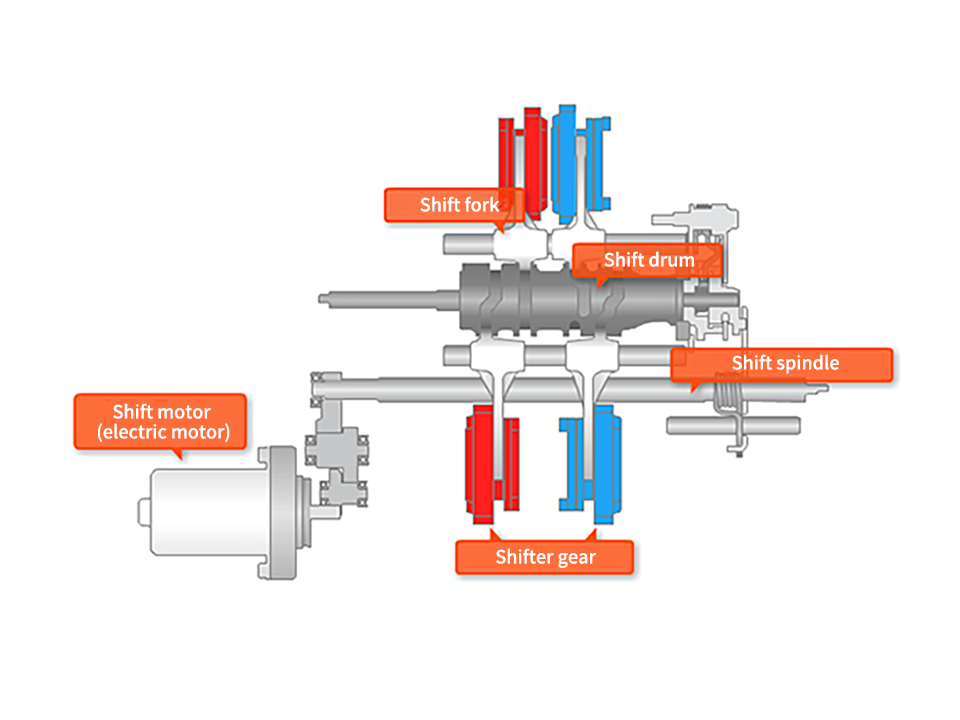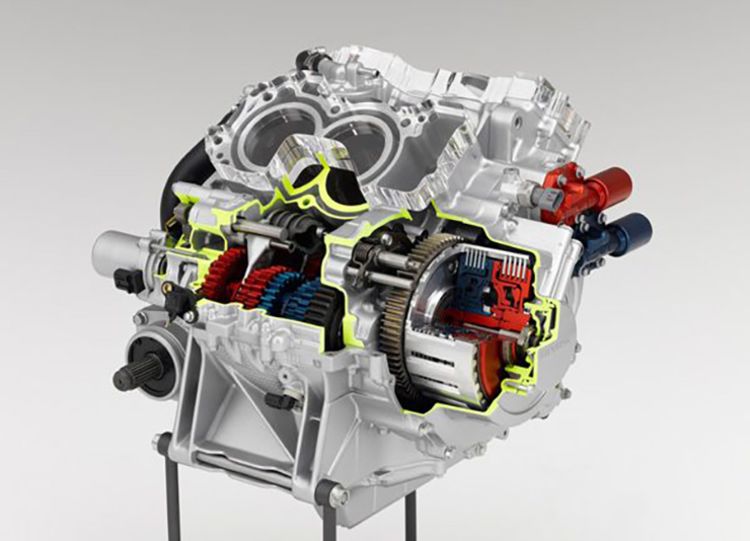The Evolution of DCT Transmission in Motorcycles: Advantages, Disadvantages, and Noteworthy Honda Models

Introduction
The motorcycle industry has witnessed significant advancements in transmission technology over the years, with Dual-Clutch Transmission (DCT) emerging as a prominent innovation. This article explores the workings of DCT transmission on motorcycles, compares its pros and cons against traditional manual transmission, and highlights notable motorcycles equipped with this cutting-edge technology.
Understanding DCT Transmission
Diving into the Mechanism
Dual-Clutch Transmission (DCT) is a semi-automatic transmission system that combines the efficiency of manual transmission with the convenience of automatic gear shifting. Unlike a traditional manual gearbox, a DCT employs two separate clutches – one for odd gears and the other for even gears. This design allows for seamless and lightning-fast gear changes without interrupting power delivery to the wheels.
How DCT Operates
When the rider accelerates or decelerates, the system anticipates the next gear change and pre-selects it using the opposite clutch. As one clutch engages the current gear, the other prepares the next gear, resulting in swift and uninterrupted gear shifts. Riders can either opt for fully automatic mode or use paddle shifters to manually control gear changes, offering flexibility in riding preferences.

Pros of DCT Transmission
Effortless Riding Experience
One of the primary advantages of DCT transmission is its user-friendly nature. Riders, especially those new to motorcycles, find DCT-equipped bikes easier to handle, as they eliminate the need for clutch manipulation and gear shifting. This feature makes riding in traffic or navigating challenging terrains smoother and less taxing.
Enhanced Performance and Efficiency
DCT transmission enables lightning-fast gear changes, leading to quicker acceleration and improved performance. Additionally, the system optimizes gear ratios, contributing to better fuel efficiency and smoother operation, enhancing both urban commuting and long-distance rides.
Reduced Rider Fatigue
The absence of constant clutch engagement and gear shifting significantly reduces rider fatigue, especially during prolonged rides. With DCT, riders can focus more on the road and less on managing gear changes, promoting a more relaxed and enjoyable riding experience.
Cons of DCT Transmission
Complexity and Cost
The intricate design of DCT systems results in increased manufacturing complexity and higher costs compared to traditional manual transmissions. Repairs and maintenance of DCT-equipped motorcycles may also be more expensive due to the advanced technology involved.
Weight and Size
DCT systems are typically bulkier and heavier than manual transmissions, which could affect the overall weight and handling of the motorcycle. This additional weight might slightly compromise the agility and maneuverability of the bike, although technological advancements aim to mitigate this impact.
Prominent Motorcycles with DCT Transmission

Honda Africa Twin DCT
Honda Africa Twin
Honda’s renowned adventure touring motorcycle, the Africa Twin, stands as a testament to the seamless integration of DCT technology. Offering various riding modes and equipped with a powerful engine, the Africa Twin caters to adventure enthusiasts seeking a versatile and capable motorcycle for both on and off-road escapades.

Honda GoldWing
Honda Goldwing
The Honda Goldwing, a legendary touring motorcycle, features a DCT variant that complements its luxurious and long-distance cruising capabilities. Equipped with cutting-edge technology, adjustable riding modes, and a powerful engine, the Goldwing showcases the seamless integration of DCT, offering riders a refined and comfortable touring experience.

Honda Rebel 1100T
Honda Rebel 1100
The Honda Rebel 1100, a cruiser motorcycle known for its distinctive style and performance, embraces DCT technology in its lineup. This cruiser combines modern design elements with DCT transmission, providing riders with a smooth and effortless riding experience suitable for both urban cruising and open-road adventures.
Conclusion
Dual-Clutch Transmission (DCT) has revolutionized the motorcycle industry by offering riders a blend of convenience, performance, and efficiency. While it presents various advantages such as effortless riding and improved performance, it comes with trade-offs like increased complexity and cost. Notable motorcycles like the Honda Goldwing and Honda Rebel 1100 exemplify the successful integration of DCT technology, catering to riders seeking enhanced riding experiences in diverse terrains and conditions. As technology continues to evolve, DCT transmission stands poised to further redefine the dynamics of motorcycle riding.

